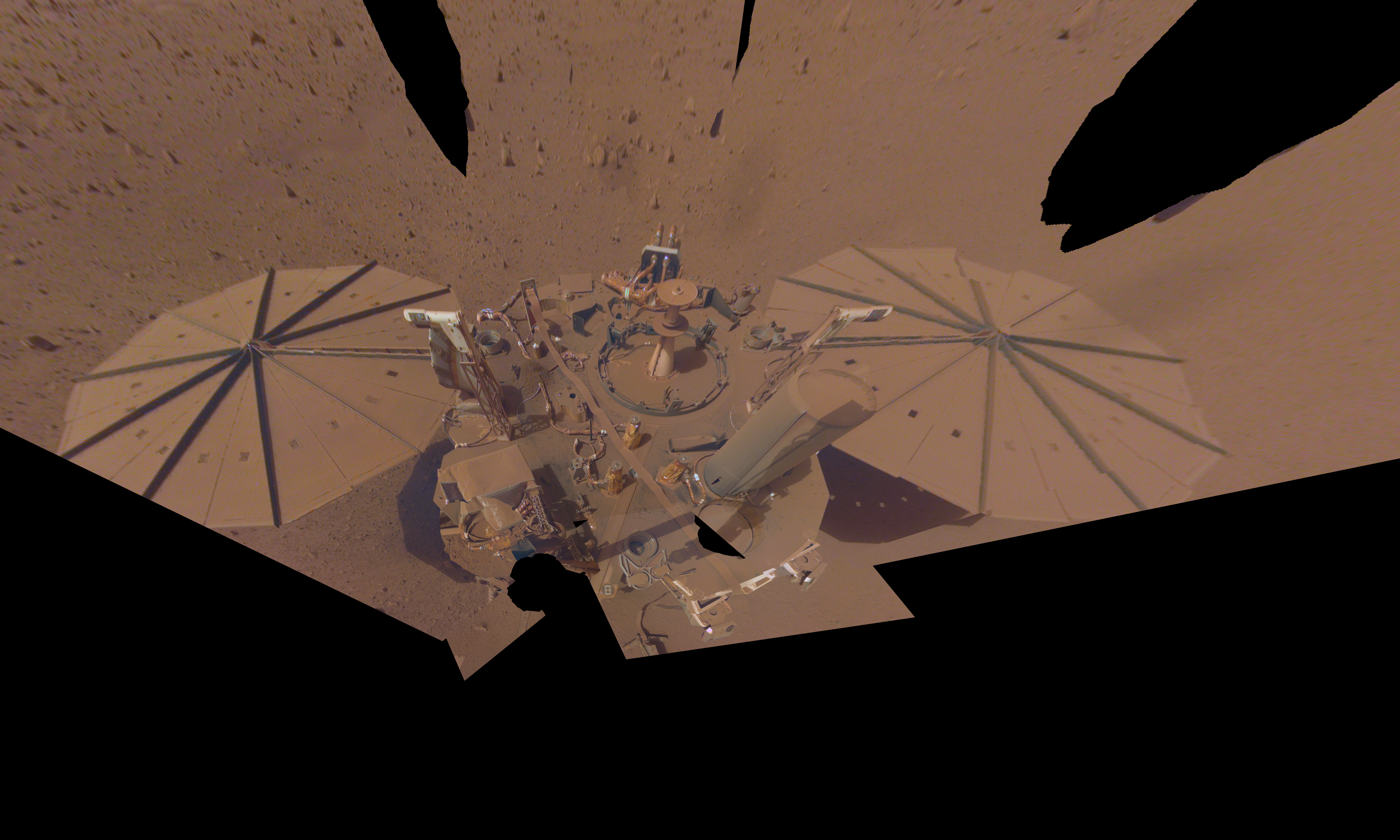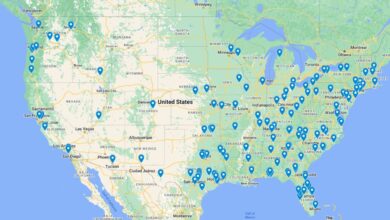NASA to Host Briefing on InSight, Mars Reconnaissance Orbiter Findings

NASA will host a virtual media briefing at 2 p.m. EDT on Thursday, Oct. 27, to share new scientific findings based on observations from the agency’s InSight Mars lander and Mars Reconnaissance Orbiter (MRO).
Science team members from both missions will explain how data and images from each spacecraft – one on the Red Planet’s surface and one orbiting above – contributed to the discovery. They will share how the two missions worked together to confirm their observations. There will also be an update on InSight’s solar energy status.
The virtual briefing will livestream on NASA Television, Twitter, Facebook, and YouTube, as well as the agency’s app. Watch live on the agency’s website at:
Participants will include:
- Lori Glaze, director of NASA’s Planetary Science Division, NASA Headquarters
- Bruce Banerdt, InSight principal investigator, NASA’s Jet Propulsion Laboratory in Southern California
- Liliya Posiolova, MRO, orbital science operations lead at Malin Space Science Systems, San Diego, California
- Ingrid Daubar, InSight impact science lead, Brown University, Providence, Rhode Island
To ask questions by phone, members of the media should email Rexana Vizza at rexana.v.vizza@jpl.nasa.gov no later than two hours prior to the start of the event. Media and the public can submit questions on social media during the briefing using #AskNASA.
InSight landed on Mars in November 2018 to study the planet’s deep interior. After nearly four years, InSight has detected over 1,300 marsquakes, which can reveal details about the planet’s crust, mantle, and core. Well into an extended mission, the lander is steadily losing power as dust accumulates on its solar panels, and the mission is expected to end in the coming months.
MRO has studied the Red Planet’s atmosphere, surface, and subsurface from orbit since 2006. The spacecraft’s cameras, spectrometers, and radar have revealed active changes on the surface of Mars, locations of ancient liquid water, and previously unknown subsurface ice.
For more information about InSight, visit:





